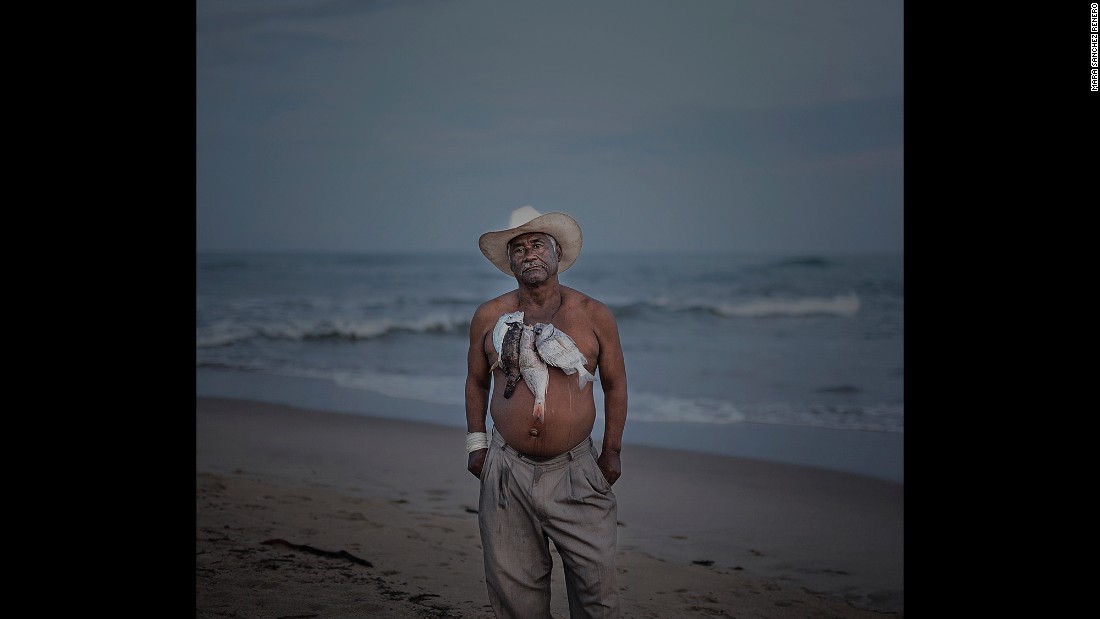The Unperformative PresidentPosted in Articles, Barack Obama, Media Archive, Politics/Public Policy, United States on 2015-07-13 20:31Z by Steven |
TDR: The Drama Review
Volume 59, Number 2, Summer 2015 (T226)
pages 7-8
Richard Schechner, University Professor; Professor, Performance Studies
New York University
Who is President Barack Obama? What will his legacy be? Why is he so unpopular that his own Democratic Party shunned him during the 2014 elections? The Dems got whupped in those elections, losing the Senate, falling further behind in the House and in governorships. Paradoxically, the defeat roused Obama to action. Even before the elections, Obama — sensing that he could not depend on a flaccid Senate and a toxic House — governed increasingly by executive order rather than legislation. The trend is accelerating. By means of executive order, Obama is reforming immigration policy, raising the minimum wage for Federal contract workers, extending rights to same-sex couples, giving paid parental leave to Federal employees, making it harder to buy guns, instituting major new limitations on greenhouse gas emissions, as well as signing a long-term agreement on climate control with China.
And of course the big turn around, one that will have reverberations for years to come: normalizing relations with Cuba.
Add to this, Obamacare (if it is not trashed by the Supreme Court). And don’t forget the stinks of the Bush years that Obama at least partly cleaned up: atrocities, dead-end wars, and economic collapse. Obama has not done enough, granted, but by comparison the nation is much better off now than in 2008.
If even a substantial part of what I’ve just written is true, why does the Obama presidency feel inadequate, to say the least? Why do so many on the Left disparage him while those on the Right despise him? A big part of the answer is the endemic racism of American culture. I won’t analyze this here except to note that Obama embodies a gap that he cannot transcend: African father, Euro-American mother; “black” Chicago street activist, “white” Harvard Law School graduate; country club golfer, ’hood high-fiver. Somewhere deep down Obama knows he isn’t having it both ways, or either way, so he has “chosen” (in quotation marks because I do not think it’s a conscious choice) to have it no way. He really wants his actions to speak for, of, and about him. He does not, or maybe cannot, perform himself as President.
He can’t be General Washington crossing the Delaware, pious Biblical Lincoln bringing his grief to Gettysburg, Rough-Rider Teddy Roosevelt leading the charge, patrician FDR having a “fireside chat” with 125 million Americans, camera-savvy Reagan ordering Mikhail Gorbachev to tear down the Berlin Wall, or beer buddy Dubya Bush landing on the flight deck of aircraft carrier Abraham Lincoln decorated with a banner boasting, “Mission Accomplished.” Obama’s public image is of a man who dislikes putting on a show. He’s not larger than life, holier than thou, or one of the folks.
Obama is the Unperformative President.
Which is both his greatness and his undoing.
Nowhere was Obama’s unperformativity more (in)visible than on 11 January 2015 when in Paris 40 world leaders led more than one million people marching for “free speech” and against the murder of 12 people at Charlie Hebdo, an officer directing traffic, and four hostages at a Paris kosher grocery. The front row — carefully staged for media — featured French President François Hollande, German Chancellor Angela Merkel, UK Prime Minister David Cameron, and — on either end of the line — Palestinian Authority Chairman Mahmoud Abbas and Israeli Prime Minister Benjamin Netanyahu. Obama and Vladimir Putin of Russia were conspicuously absent. Putin’s absence is explained by Russia’s behavior in the Ukraine and Putin’s former position with the KGB, the Soviet secret police. What was Obama’s excuse?
Clearly, he does not like to perform, if by perform one means playing the symbolic role assigned to him. Indeed, the US presidency has from its inception been a Great Figure in Jean Genet’s sense: in The Balcony the Great Figure is a necessary public performer representing one of the four quadrants of society: Queen, Police Chief, Judge, Bishop. Of course, other presidents have not wanted to play and some could not perform effectively. History also has its say. Crises have provided presidents with their best chances at performing well.
Obama took office at…

